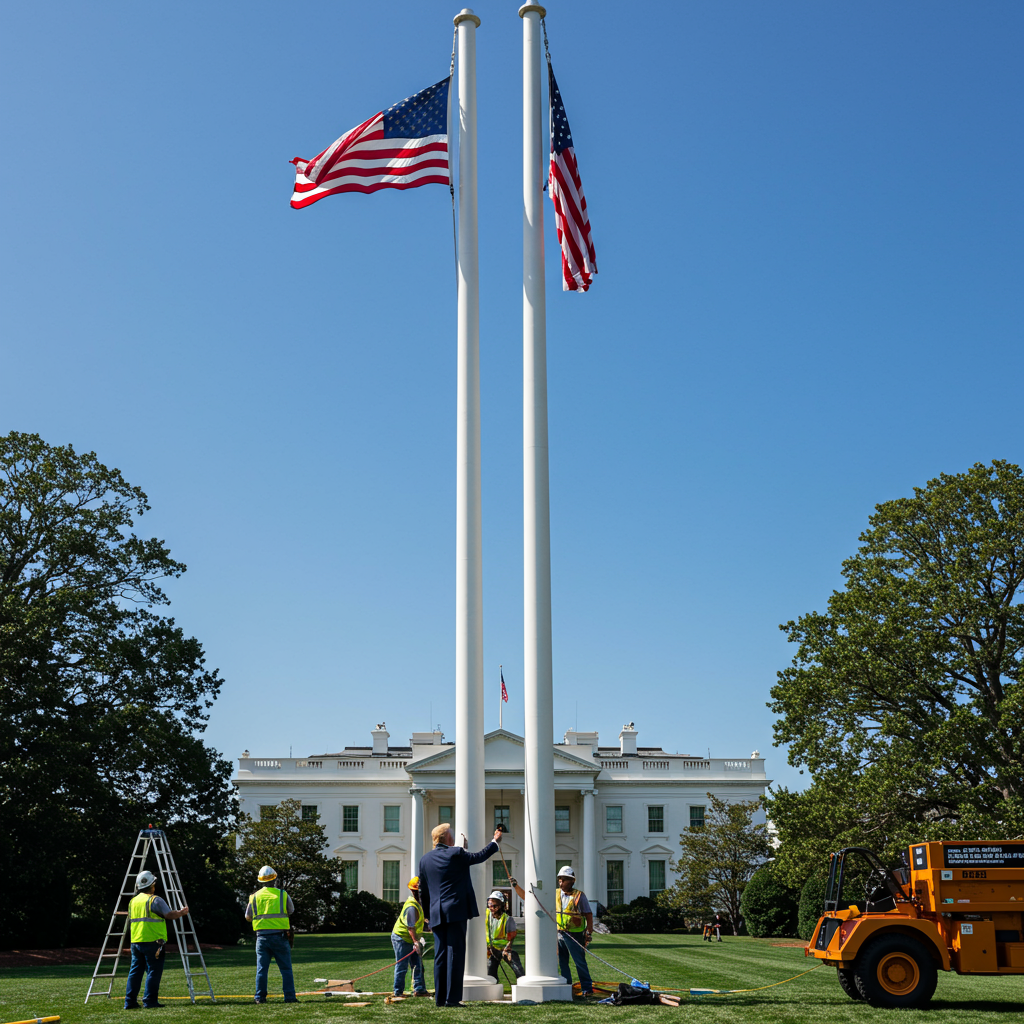For 17-year-old Aryan Asari, the distinct sound of an airplane engine soaring overhead was an invitation to adventure. His father, Maganbhai Asari, describes Aryan’s deep fascination with aircraft – a hobby that involved eagerly spotting planes, listening to their powerful roar, and watching them leave chalky contrails across the sky.
But that innocent passion was shattered in an instant, replaced by trauma and fear.
Last Thursday, Aryan was on the terrace of his father’s small room near the airport in Ahmedabad, India. Visiting from his village for the first time, accompanying his sister who was there for an entrance exam, Aryan was excited about the prospect of seeing planes up close – something his father had often mentioned was possible from their new vantage point. He had gone to the terrace, initially filming videos of the house for friends, when he spotted an Air India Dreamliner.
The Moment of Truth
What began as casual filming quickly turned terrifying. The plane, Flight AI171 bound for London, appeared unusually low and close. “I saw the plane. It was going down and down,” Aryan recounted later. He noticed something was terribly wrong as the aircraft started “shaking, moving left and right.”
Initially, he thought the plane was simply coming in for a landing, but his confusion turned to horror as it went into a rapid downward spiral. He kept filming, unable to fully grasp the unfolding catastrophe until thick smoke billowed and flames erupted from the Meghaninagar residential area where the Boeing 787-8 crashed.
Aryan had unknowingly captured the fatal final moments of the flight on his phone.
A Video That Shocked the World
The video, sent by a shaken Aryan to his father and then to a few friends, quickly went viral. It became one of the first and most crucial pieces of evidence for investigators trying to understand why the nearly 11-year-old aircraft crashed less than a minute after takeoff.
For Aryan, the viral spread meant being thrust into the centre of one of the country’s worst aviation disasters. Their small home was instantly swamped by reporters and camera crews day and night, all wanting to speak to the teen witness.
The Devastating Impact
The crash and the subsequent media frenzy have had a profound and “devastating impact” on Aryan. His father describes him as deeply traumatized and scared. The very device that captured the horrific event, his phone, has become a source of anxiety; Aryan has reportedly stopped using it altogether and gets scared every time it rings back home in the village.
Adding to the distress, police visited the family, taking Aryan to the station for several hours to record his statement. While his father clarified Aryan was questioned, not detained, the experience added another layer to his trauma. Due to his severe distress, the family decided the best course was to send him back to their ancestral village.
Back home, Aryan has resumed school but is “still not feeling like himself.” His father believes he will recover with time but sadly notes, “I don’t think my son will try looking for airplanes in the sky again.” The hobby he once cherished is now permanently linked to a moment of unimaginable terror.
The Broader Human Cost of AI171
The tragedy Aryan witnessed had far-reaching consequences. Air India Flight AI171 was carrying 242 passengers and crew when it crashed into a residential building used as doctors’ accommodation near the Civil Hospital. The impact resulted in immense loss of life – all but one person on board perished, and several people on the ground were also killed.
The sole survivor from the flight was identified as 40-year-old British national Vishwashkumar Ramesh, who was treated in hospital for injuries.
The crash devastated families across multiple countries. Among the victims were 53 British nationals, including a family of three from Gloucester. The arduous task of identifying victims’ charred remains has relied heavily on DNA matching at the Ahmedabad Civil Hospital, a slow and painful process for grieving relatives who travelled to India hoping to retrieve their loved ones. Families, like the Nanabawas from the UK, have spoken out about their struggles and feelings of abandonment during this difficult time, highlighting the challenges faced in the tragedy’s chaotic aftermath.
In a contrasting twist of fate, British student Bhoomi Chauhan narrowly missed the flight by minutes due to traffic delays. Her initial frustration at missing her journey turned to disbelief and immense relief when she learned of the crash, calling it a “total miracle” that saved her life.
An investigation led by India’s Aircraft Accident Investigation Bureau (AAIB), with assistance from experts in the US and UK, is underway to determine the cause of the disaster. The recovery of the aircraft’s black box is considered crucial evidence. India’s civil aviation regulator has also ordered preventive safety checks on Air India’s Boeing 787 fleet.
As vigils are held and the investigation continues, Aryan Asari remains a poignant symbol of the unexpected ways tragedy can intersect with ordinary lives, turning a simple hobby into a life-altering, traumatic experience witnessed by the world.



